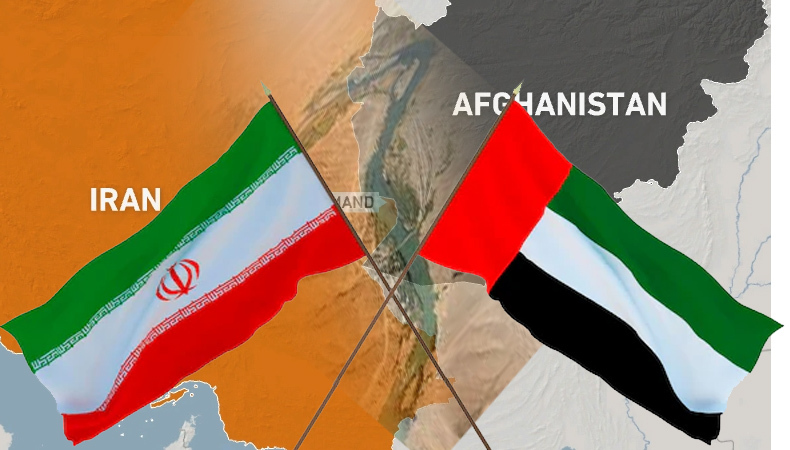Navigating the Complex Path to Stability in Iran-Afghanistan Relations

Recent fighting between Iran and Afghanistan’s common border has highlighted a persistent problem that extends beyond simple territorial issues. While disputes over water have frequently been at the centre of international crises, the predicament between Iran and Afghanistan highlights a more complex set of issues that must be resolved if stability in their relations is to be reached.
The Helmand River in Afghanistan was dammed in the 1950s, which decreased the amount of water flowing into Iran and is thought to be the cause of the issue. A 1973 agreement attempted to address this problem, but due to subsequent geopolitical unrest, it was never fully implemented. Conflicts over water from the Helmand River recently flared into bloodshed, with Tehran accusing the Taliban of intentionally withholding water to benefit themselves while the Taliban counter that it is due to dwindling rainfall and low river levels.
Particularly in Iran, there is a severe water shortage that is mostly a result of bad policies that support unsustainable agriculture and development. This situation affects areas inside Iran as well as the border with Afghanistan, sparking unrest and protests over water issues. Many Iranians accuse the Islamic Revolutionary Guard Corps of using water resources for their own purposes, which hastens the problem of a water shortage.
On the other hand, the expansion of Daesh’s Khorasan Province poses a danger to the Taliban’s hold on power in this border region. This extremist group has carried out numerous attacks on both civilians and the Taliban regime. The Taliban’s ability to deal with external problems, including their relations with Iran, is hampered by this internal challenge to their rule.
Keep Reading
Recent events suggest the possibility of better relations, such as the proposal to build a railway between Afghanistan and Iran’s Chabahar port and the anticipated arrival of an Iranian judicial team to Kabul. These changes could aid in addressing problems including the permeable border, crime, and legal challenges facing Afghan citizens in Iran.
In addition, regional powers like China, India, and Pakistan have intervened to negotiate and normalise relations between Iran and Afghanistan. Every one of these countries has particular interests, from regional security to connection in the economy. Their participation, together with initiatives to create shared infrastructure like desalination plants, provides a route to stability and economic expansion.
However, it’s important to acknowledge the complexities ahead. Economic interests and geopolitical rivalry might act as roadblocks to a solution. The path to stability is difficult because of the region’s dynamic history, which has resulted in tense relations between Iran and Afghanistan.
In conclusion, it will be difficult to stabilize ties between Iran and Afghanistan. While recent confrontations may have been sparked by water disputes, the underlying problems are complex and include internal problems that both countries face. There is optimism that these two neighbours can negotiate the difficult path to a more secure and profitable relationship with the help of regional powers and a dedication to tackling shared concerns. But this voyage will undoubtedly be drawn out and difficult, requiring tact, cooperation, and patience from all parties concerned.







